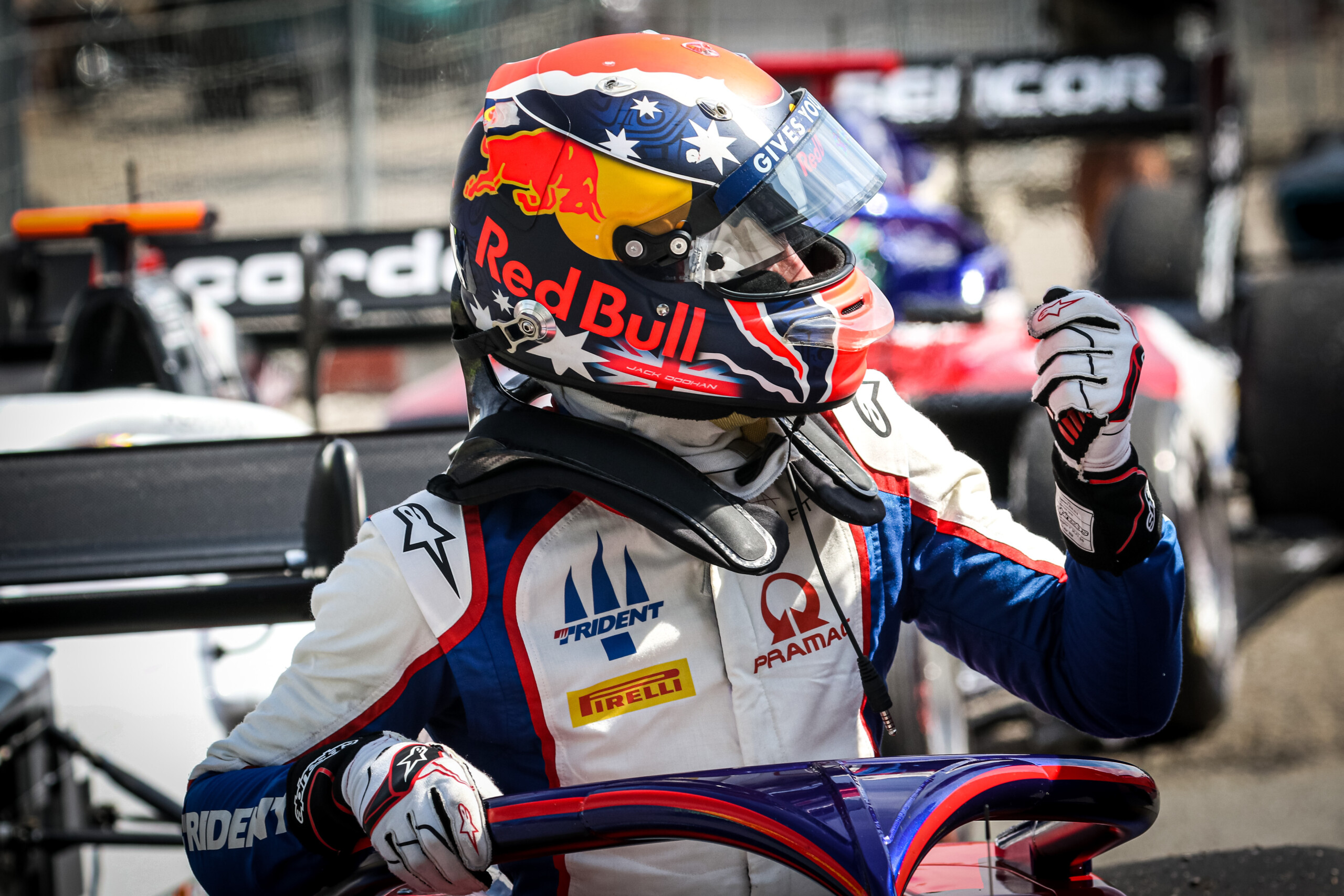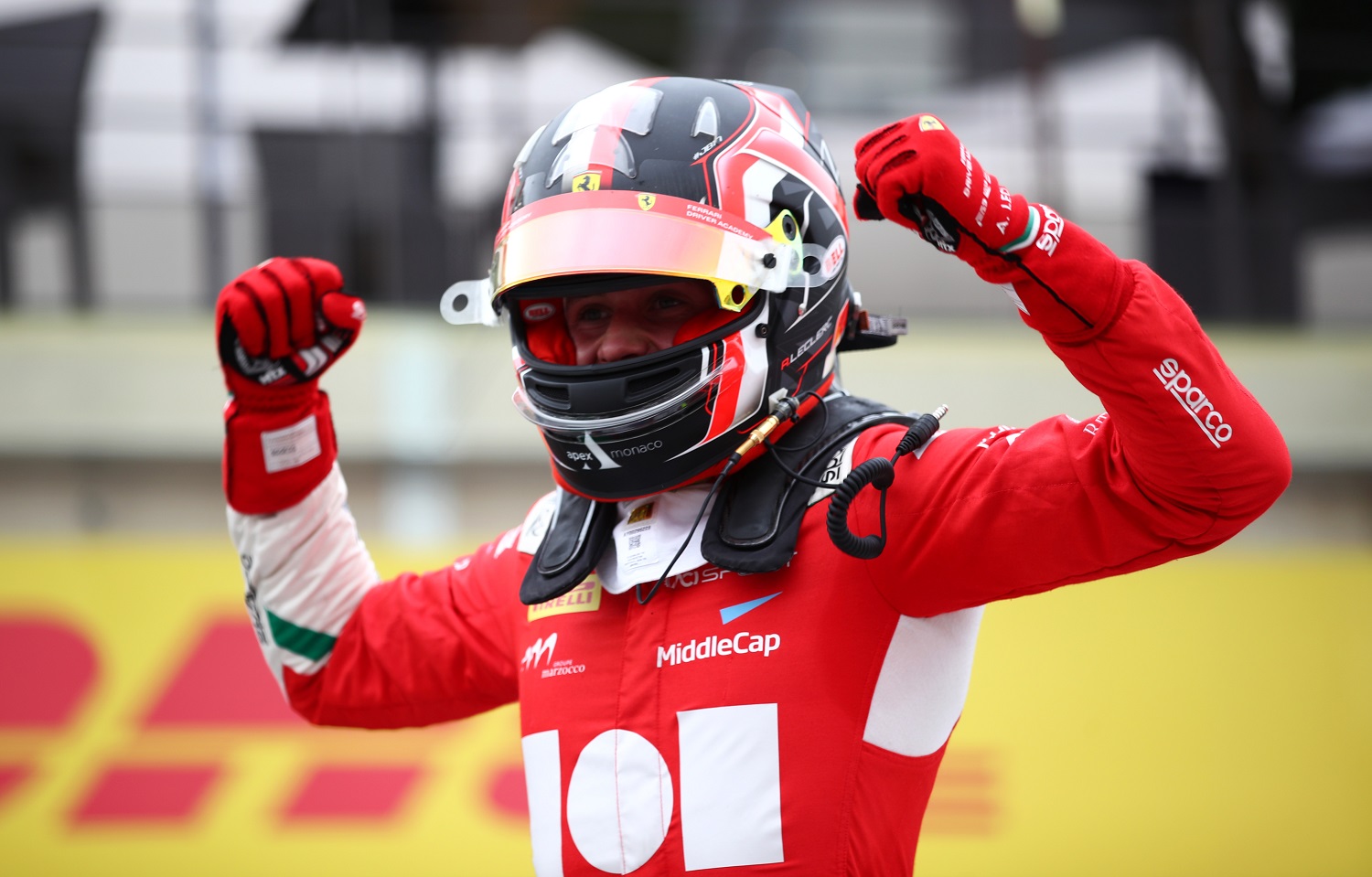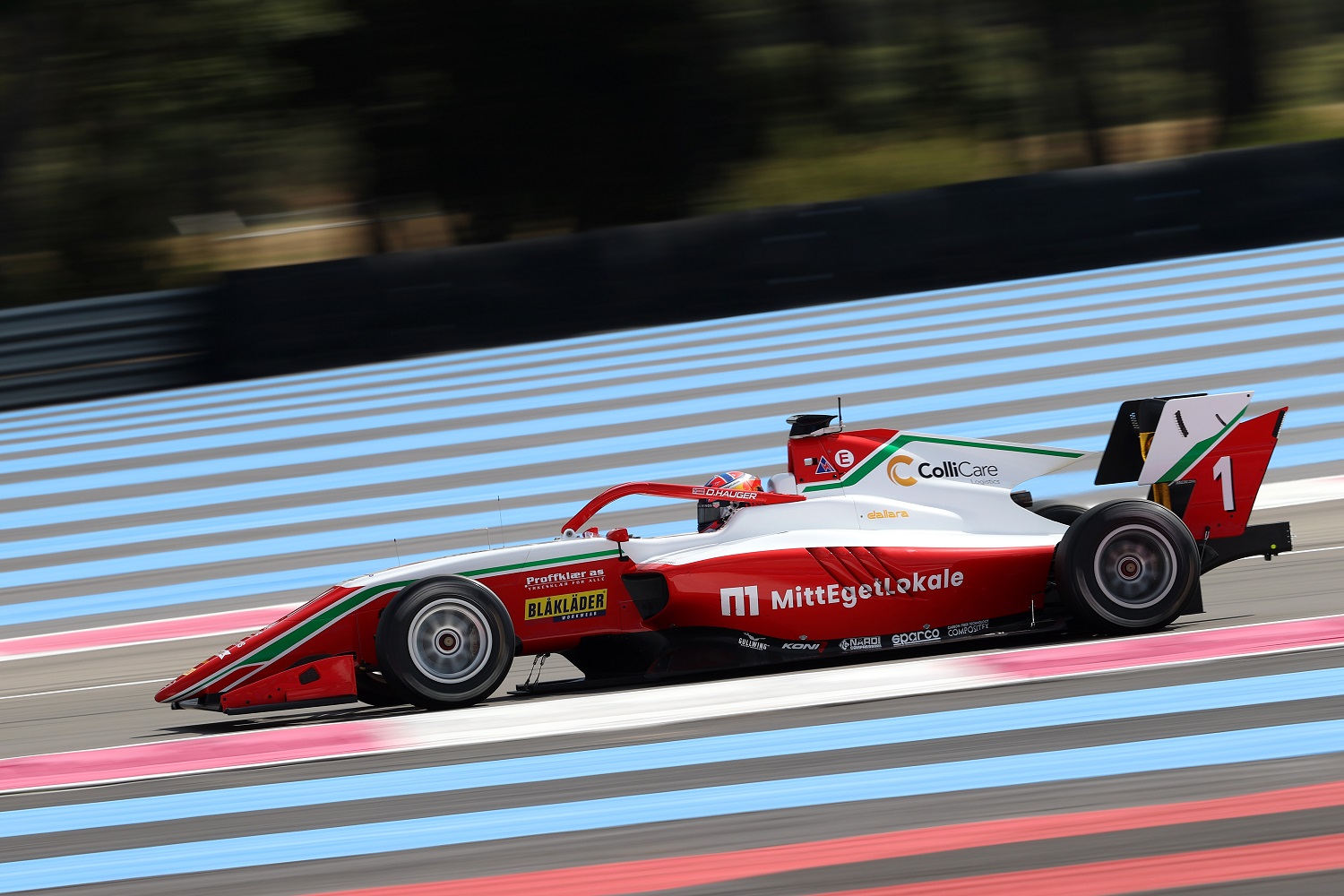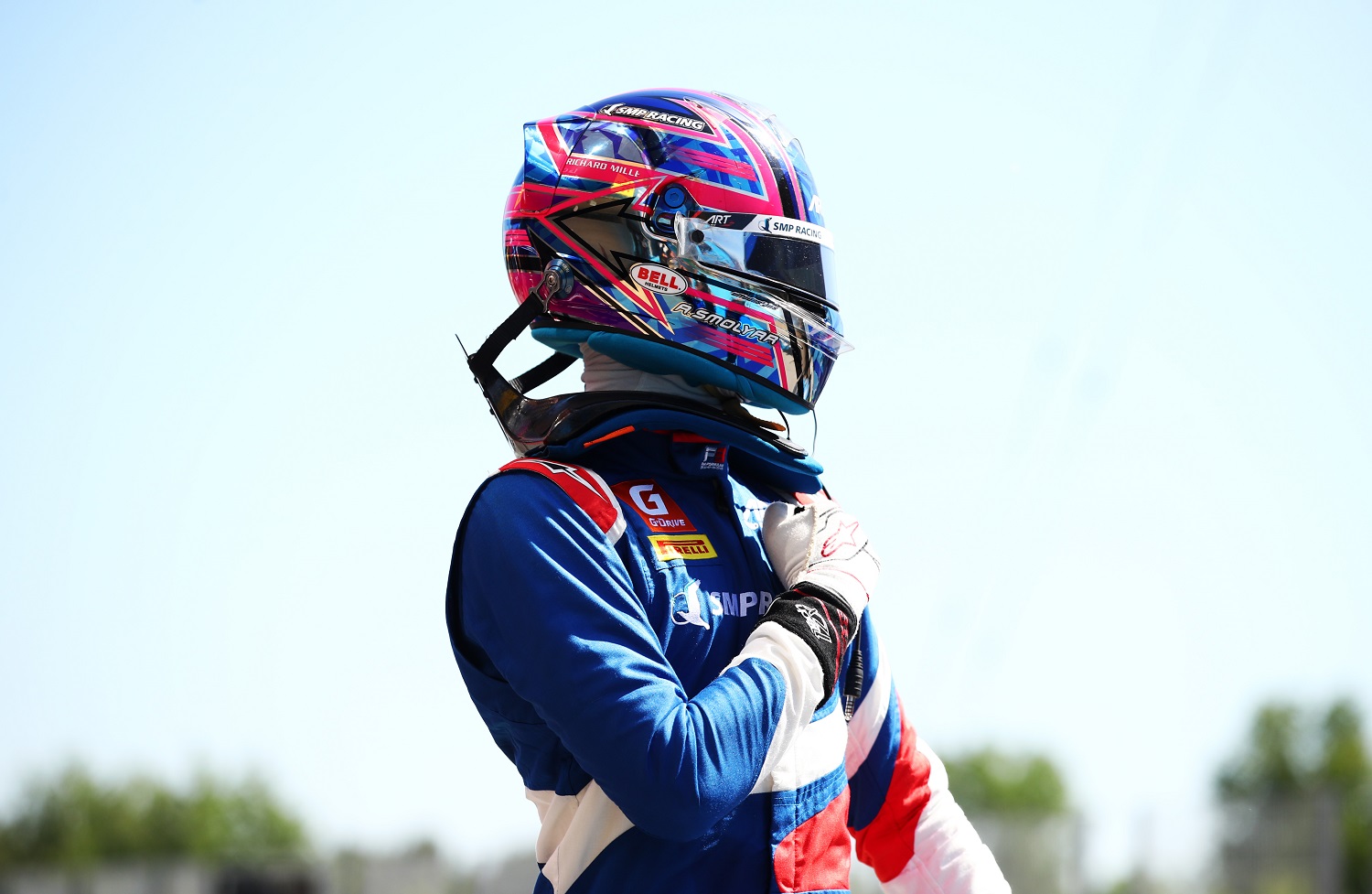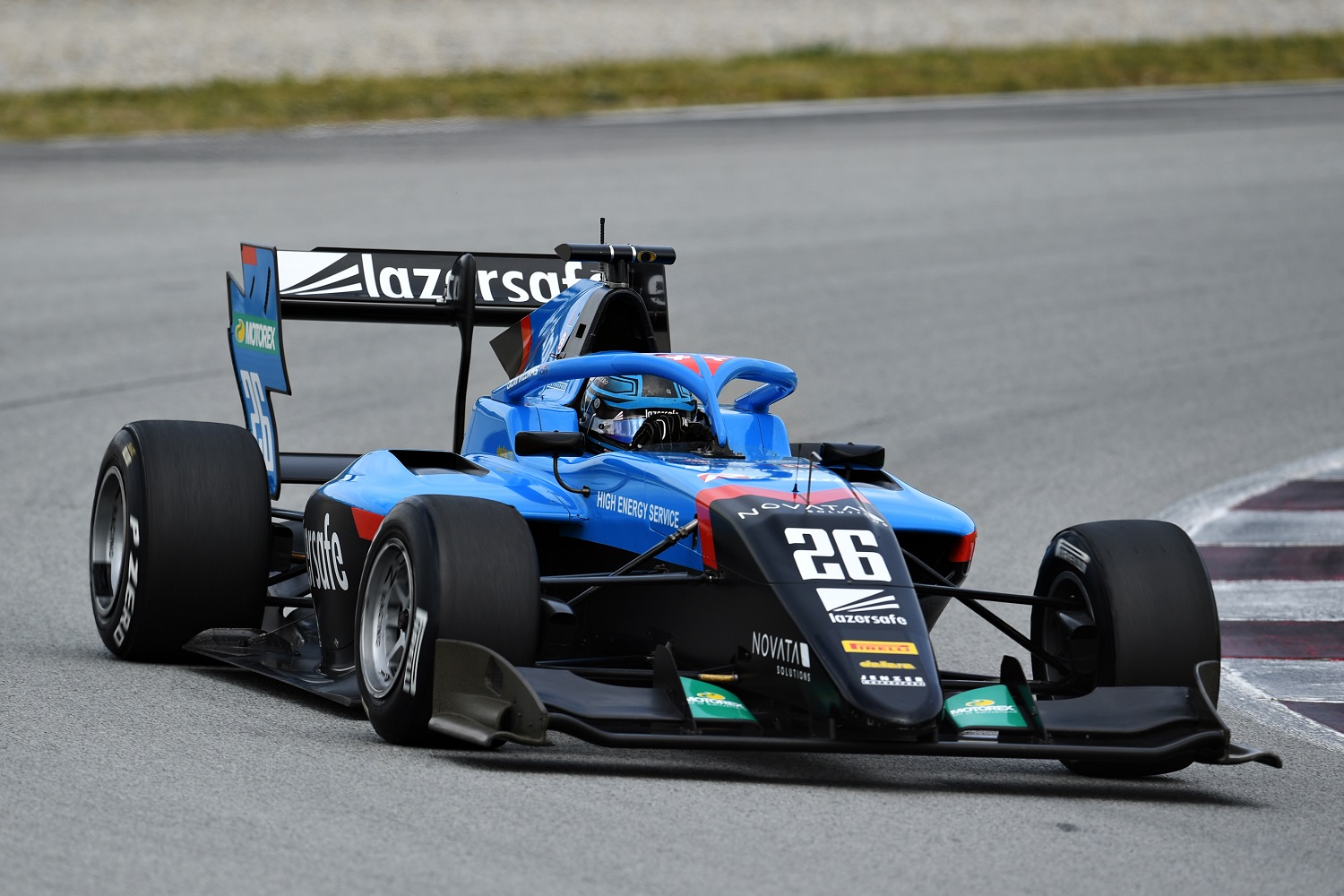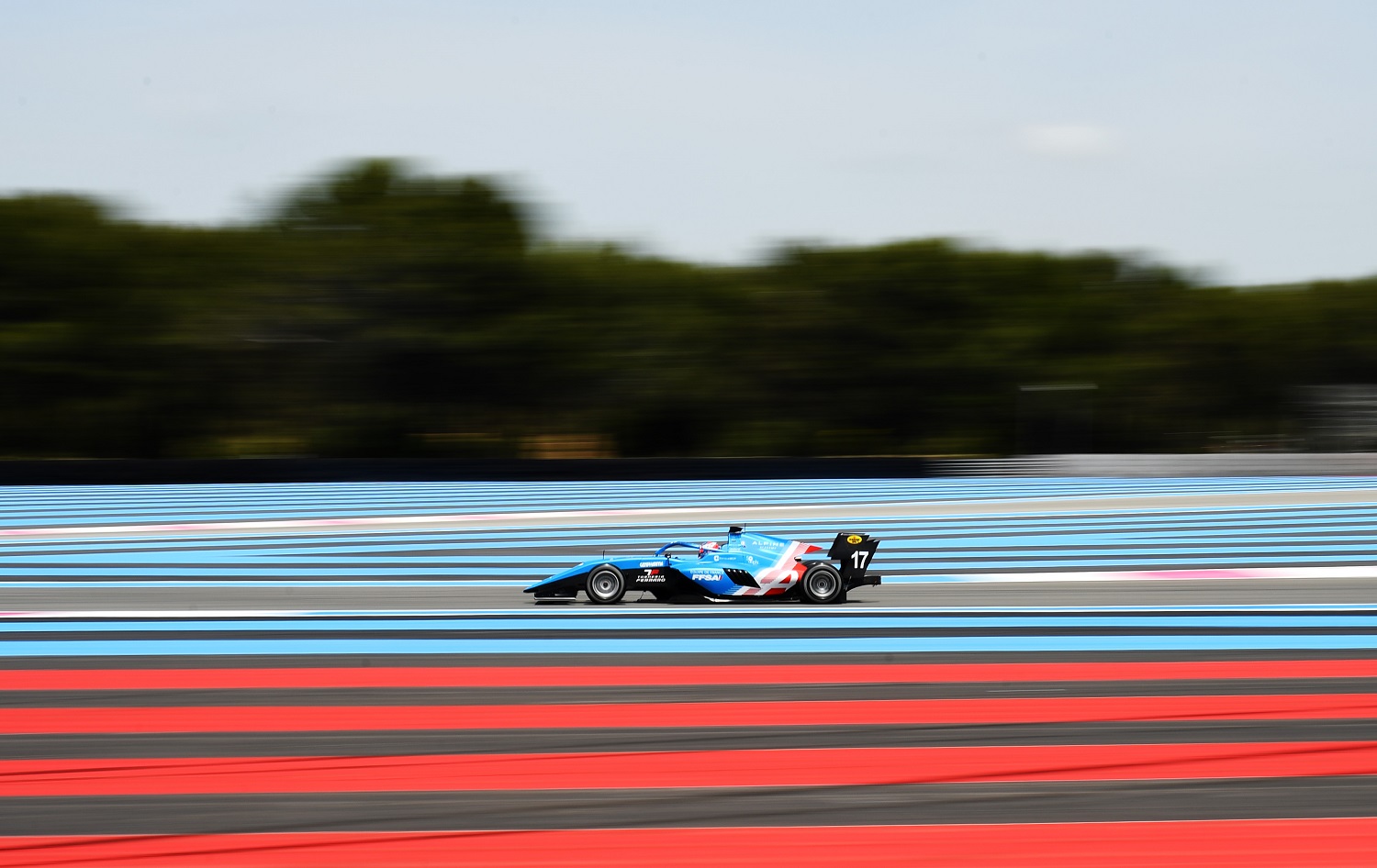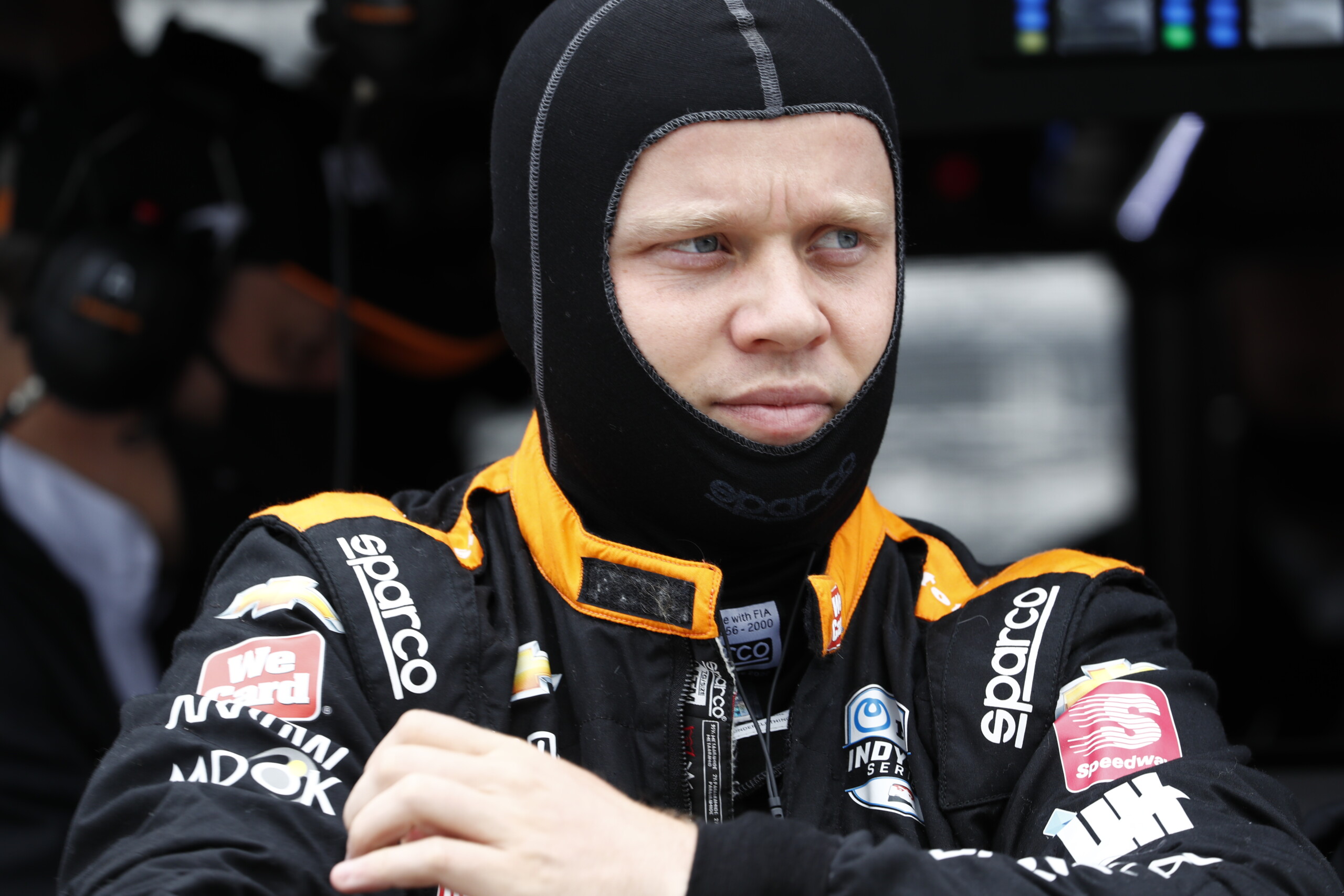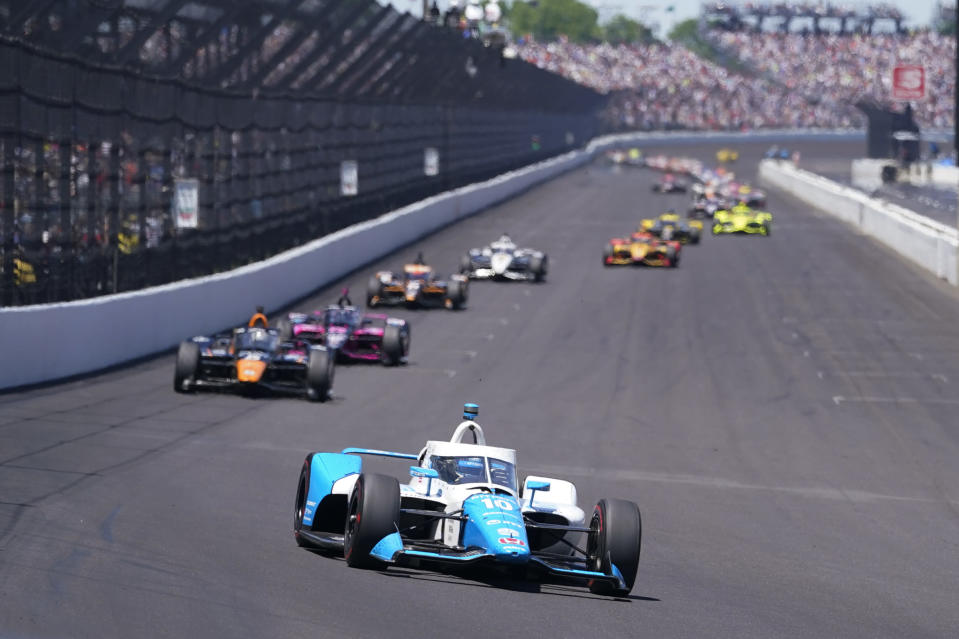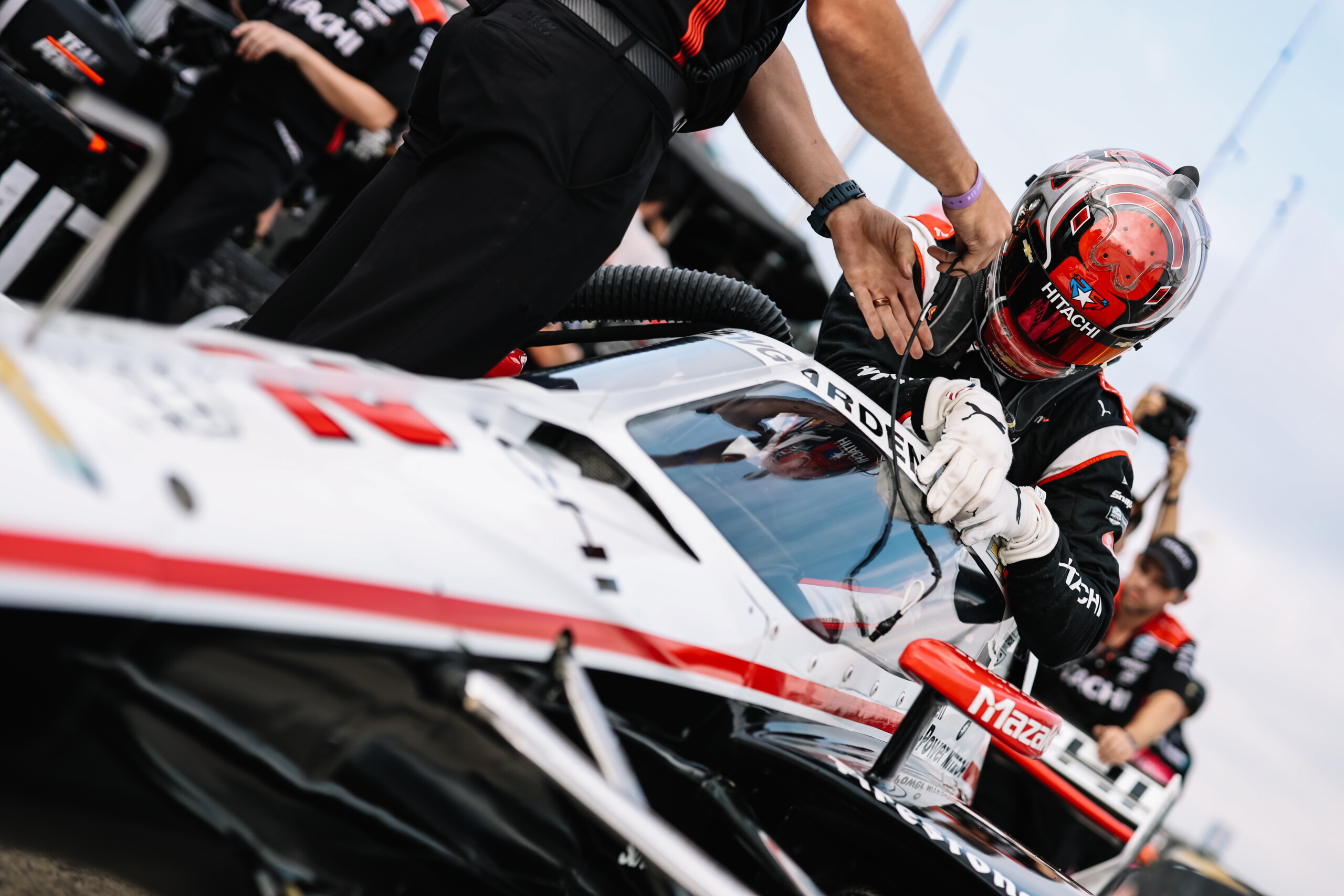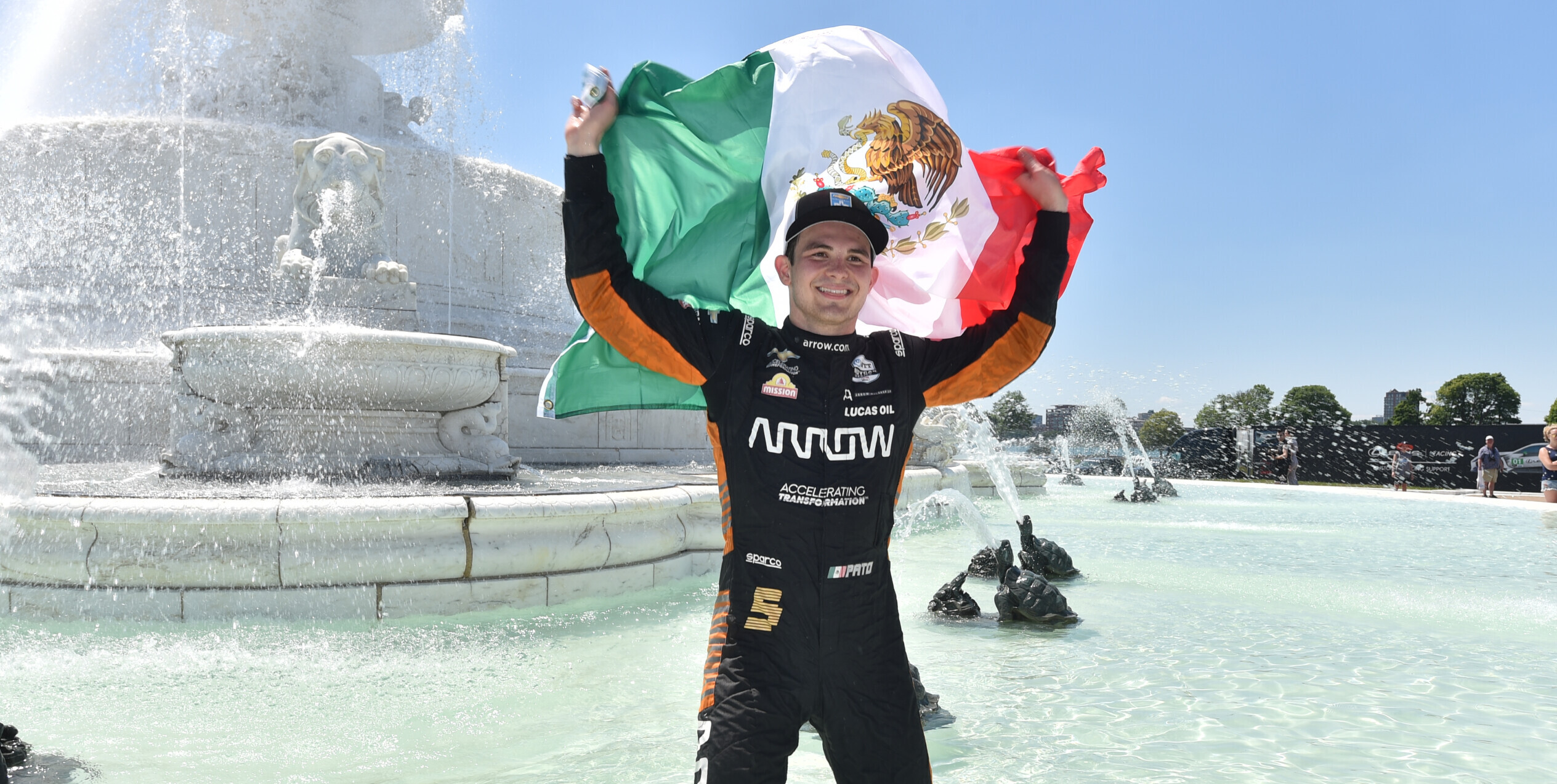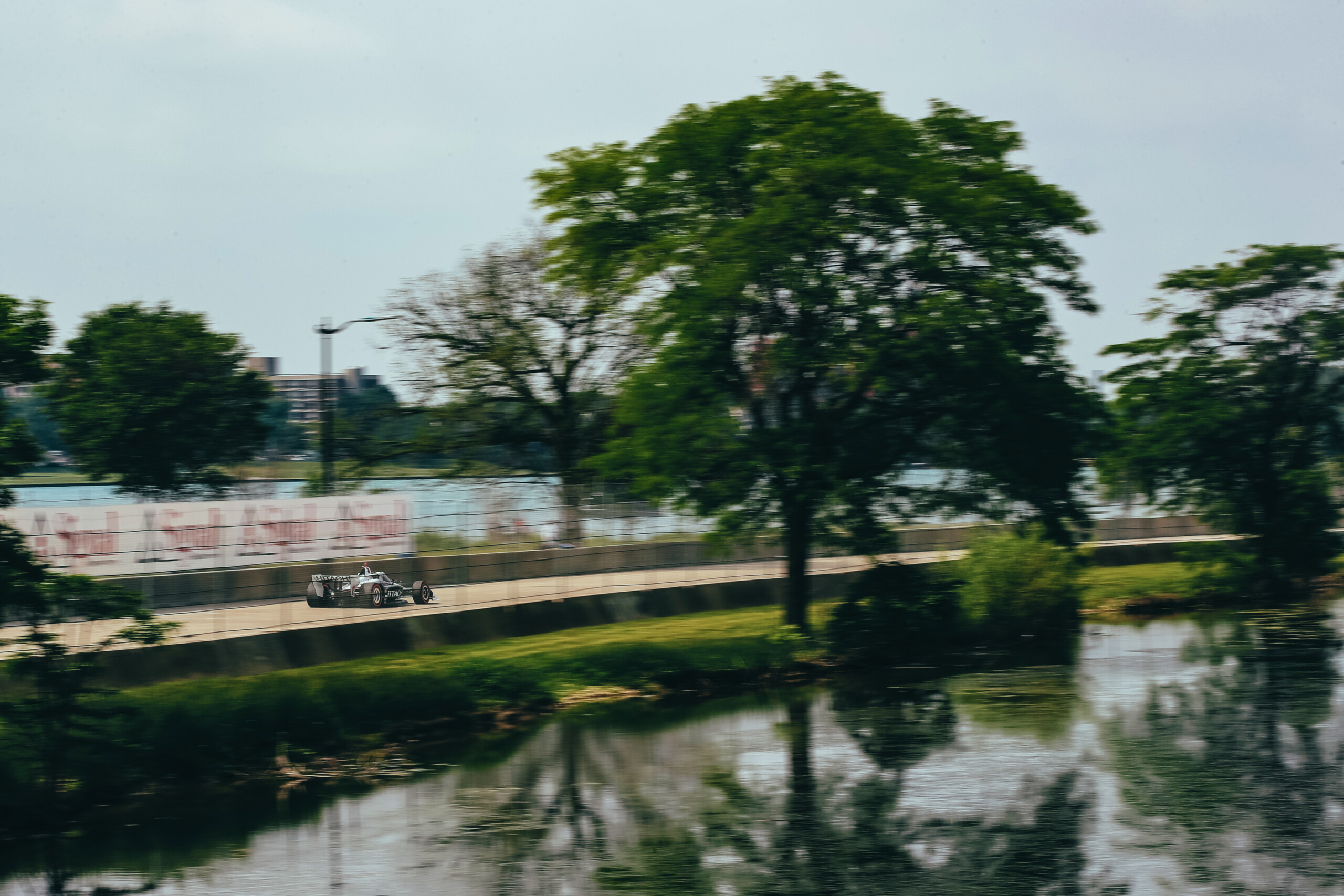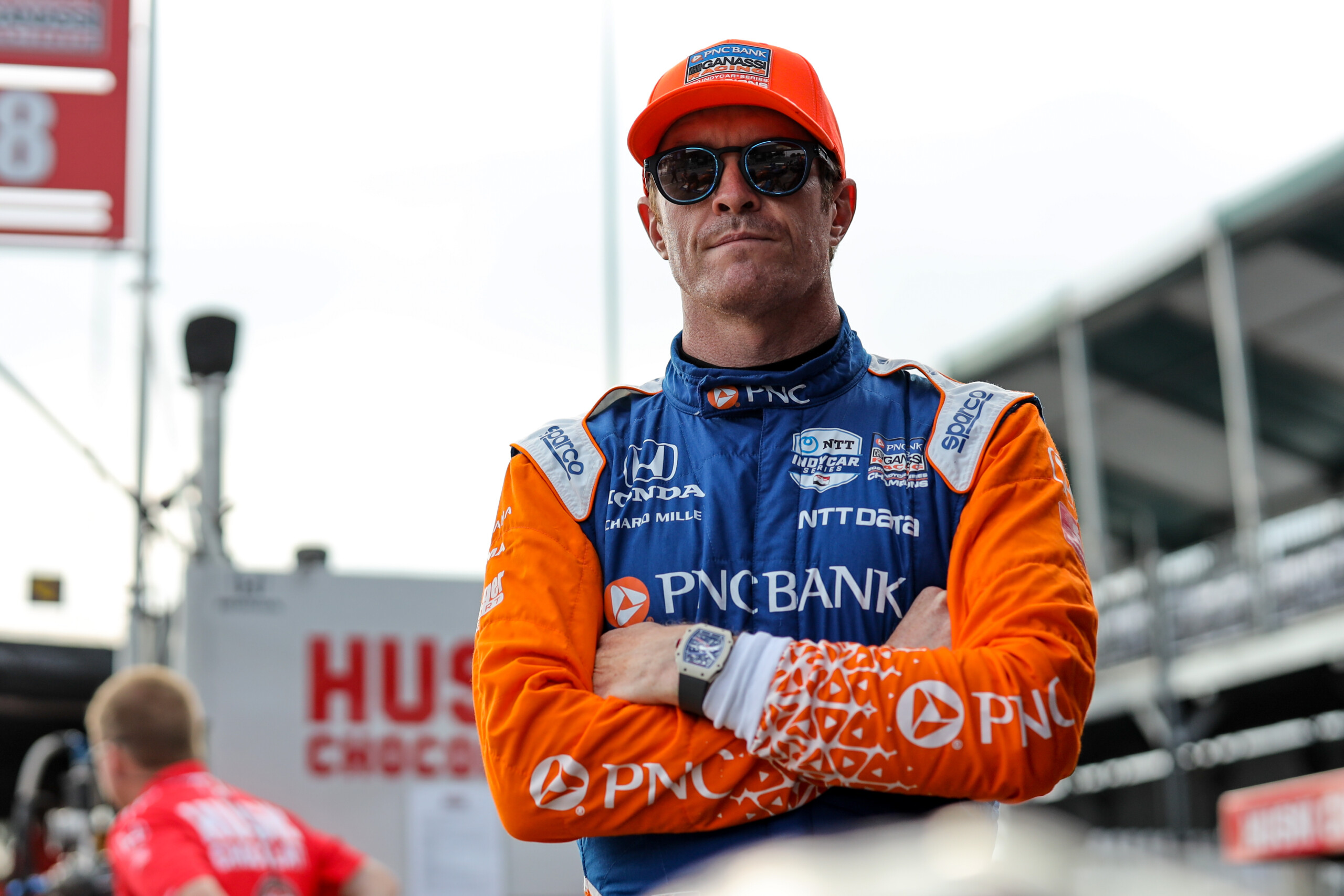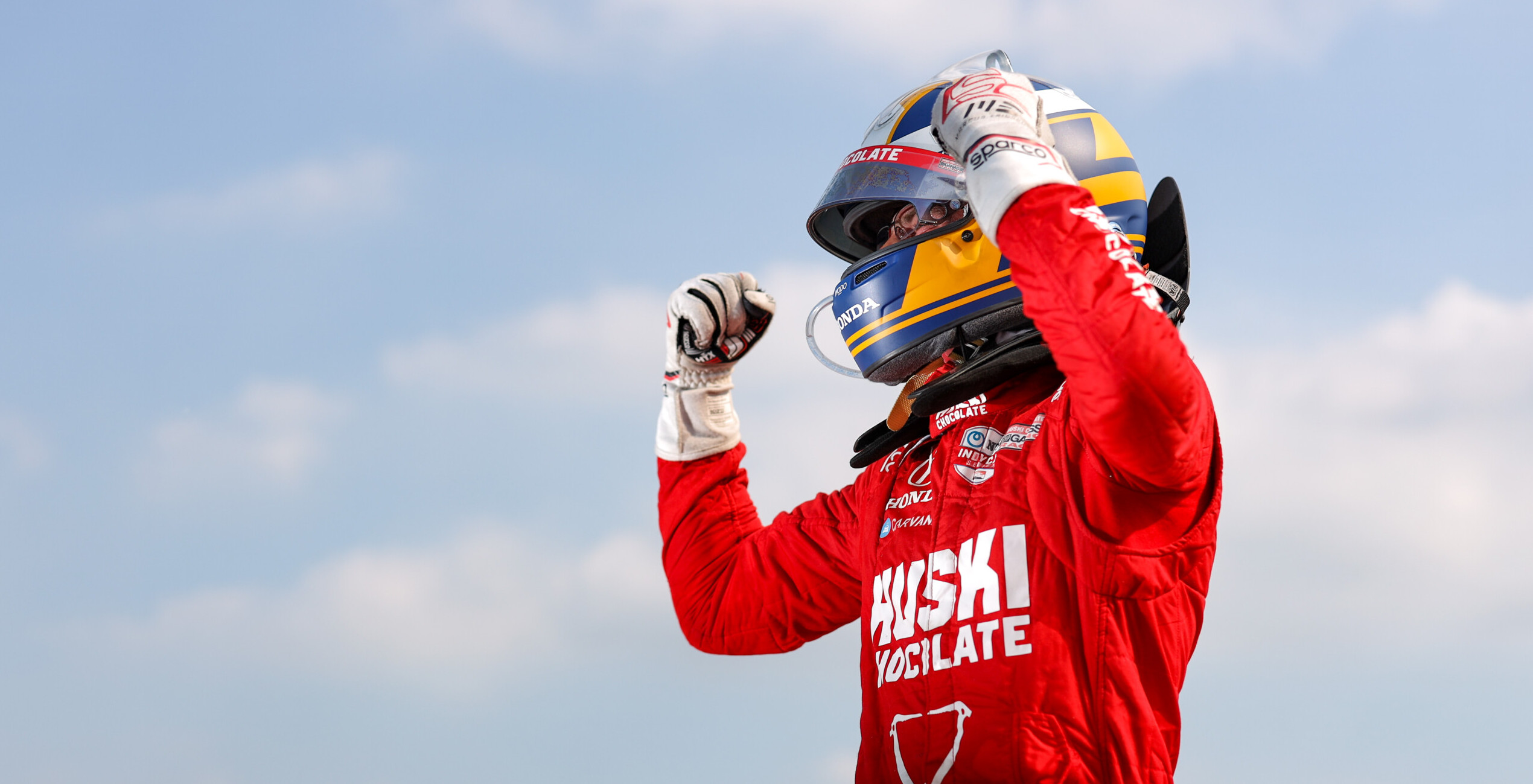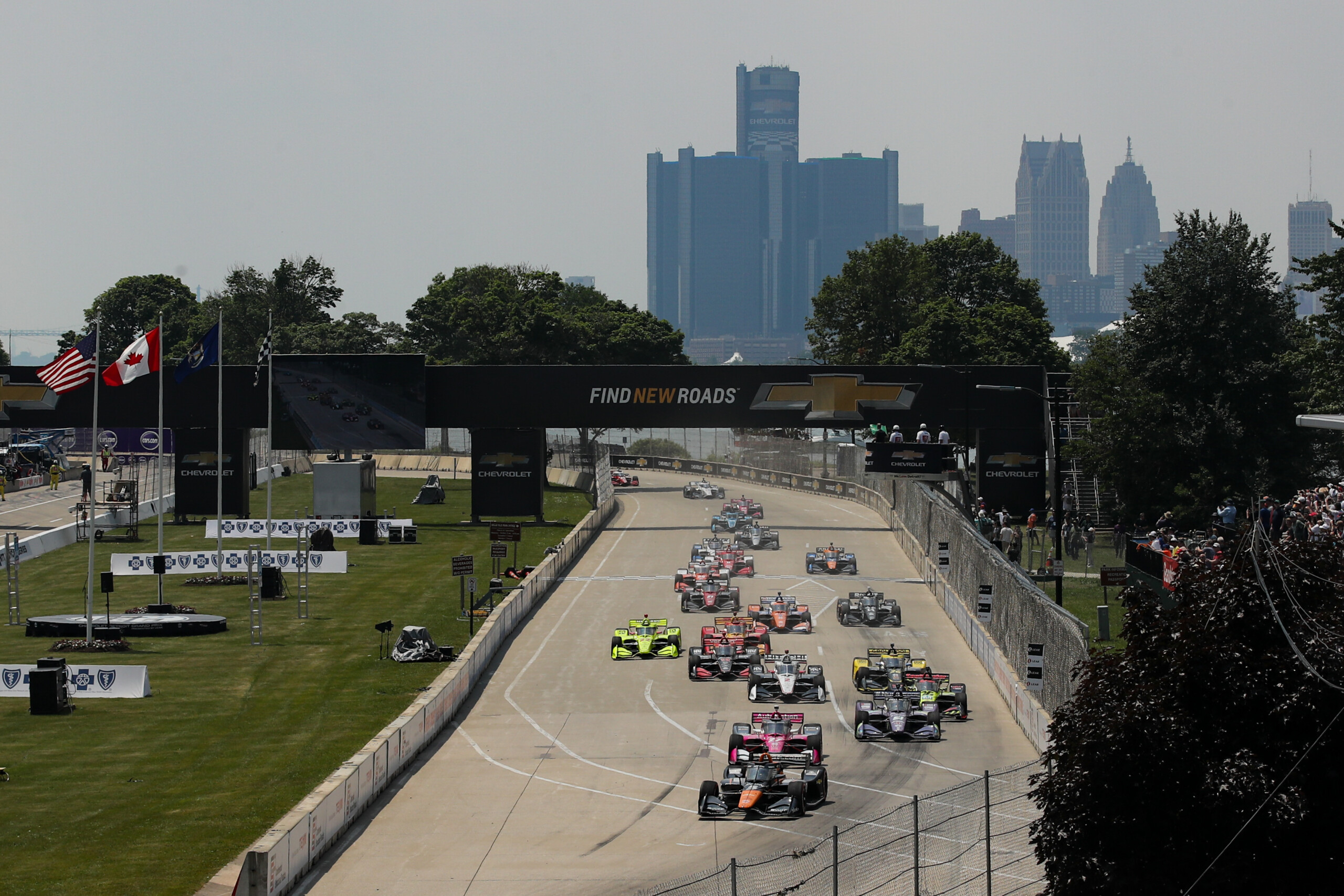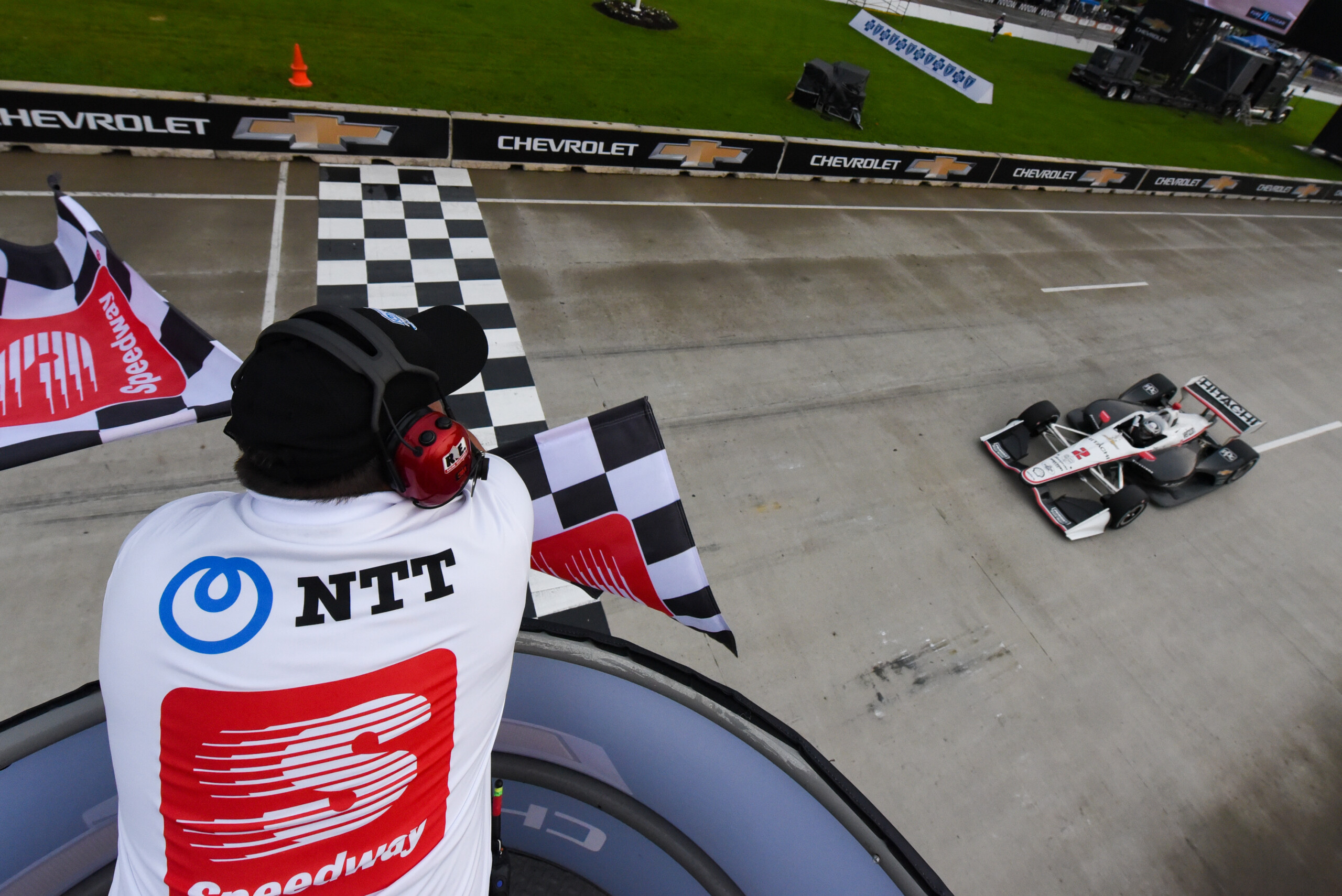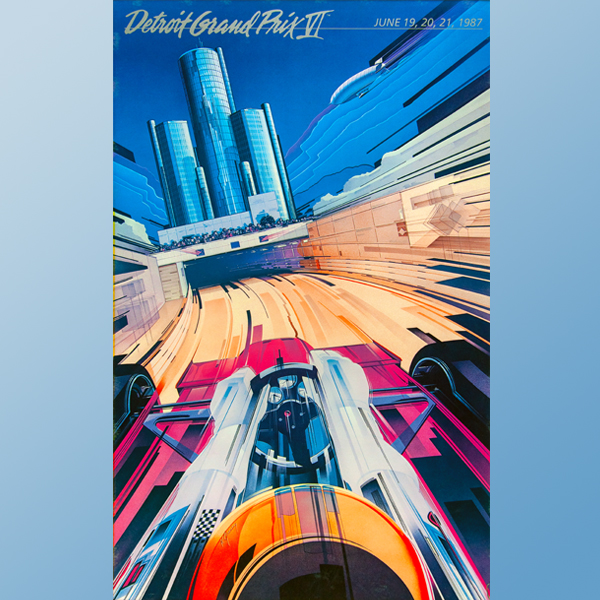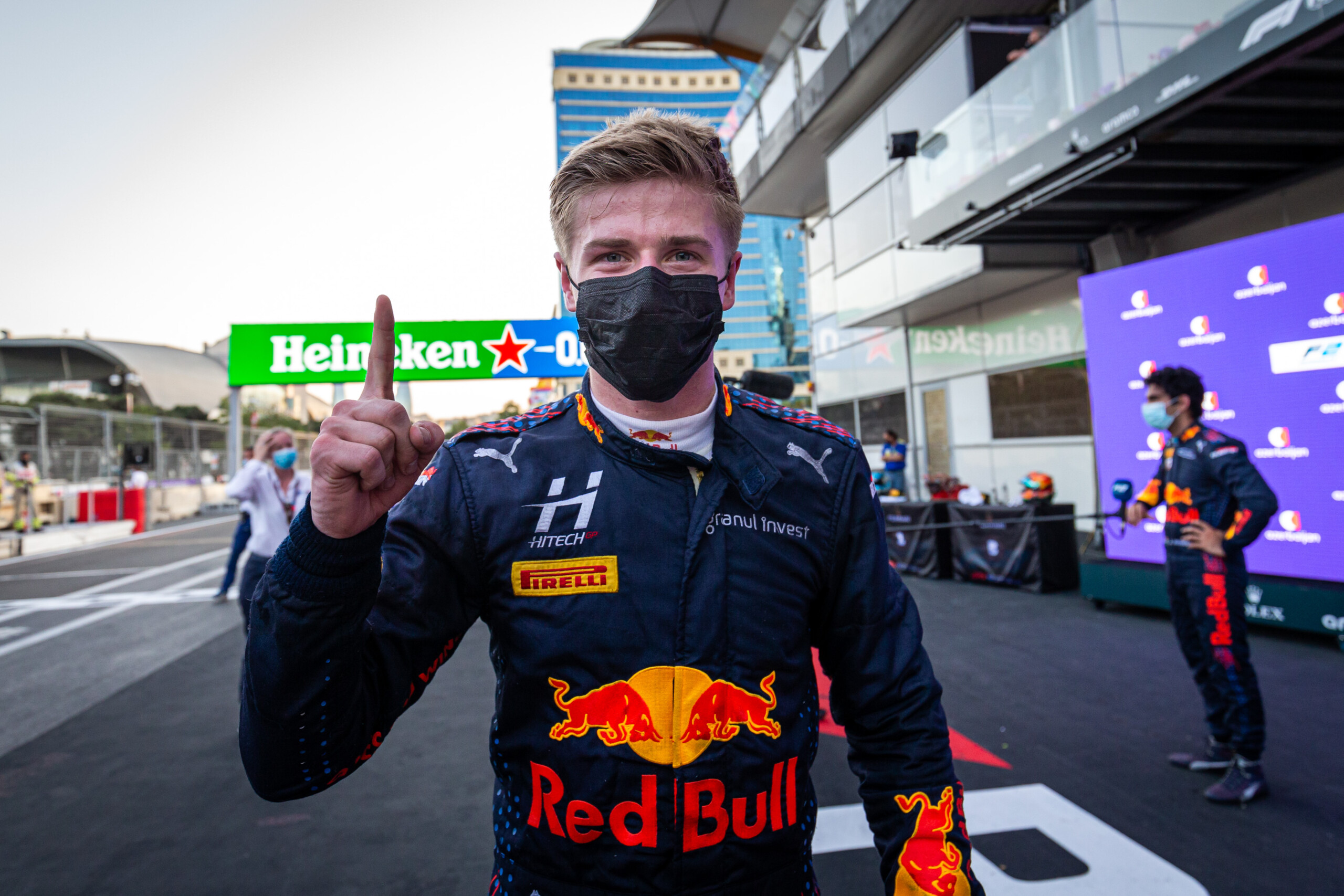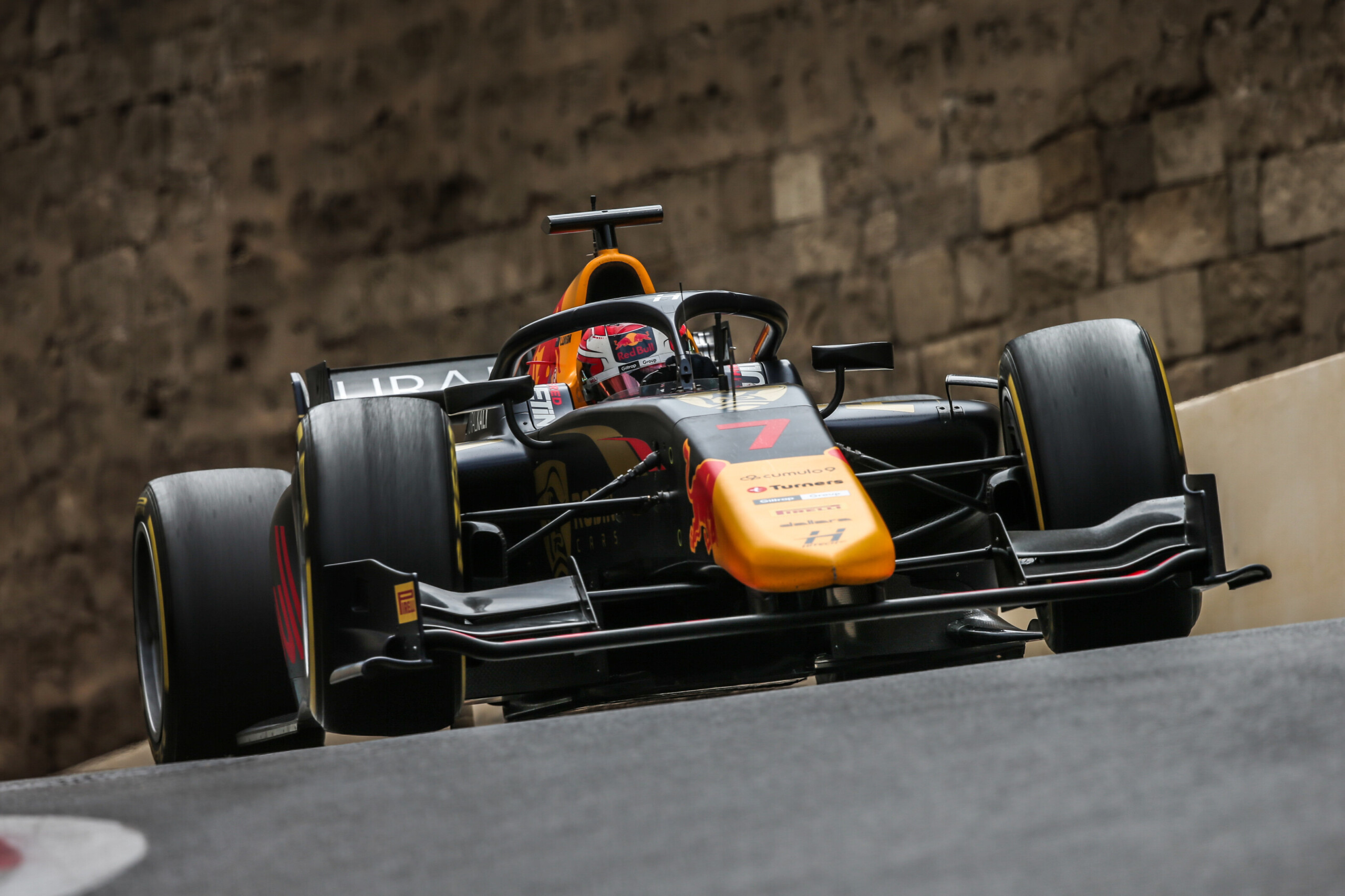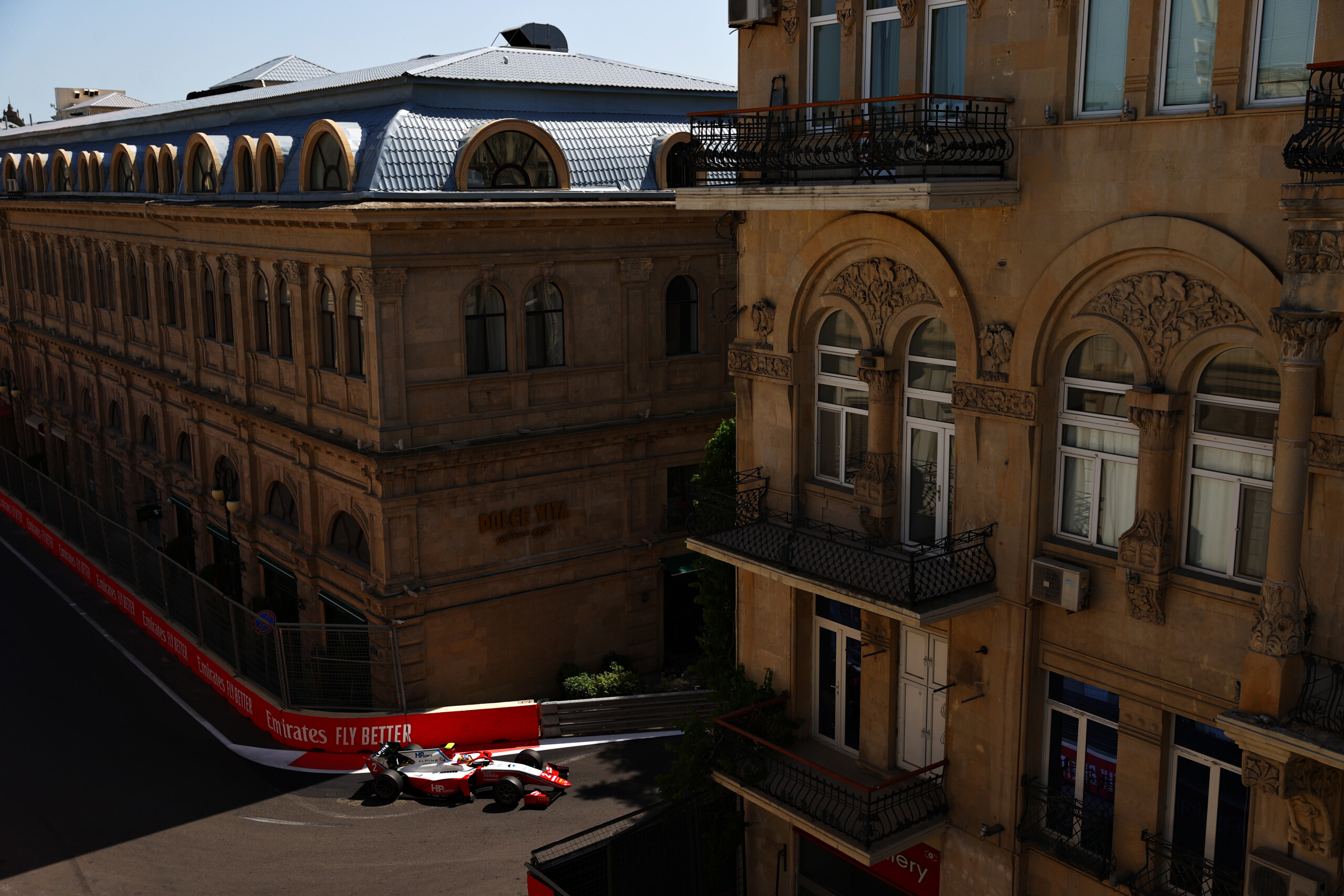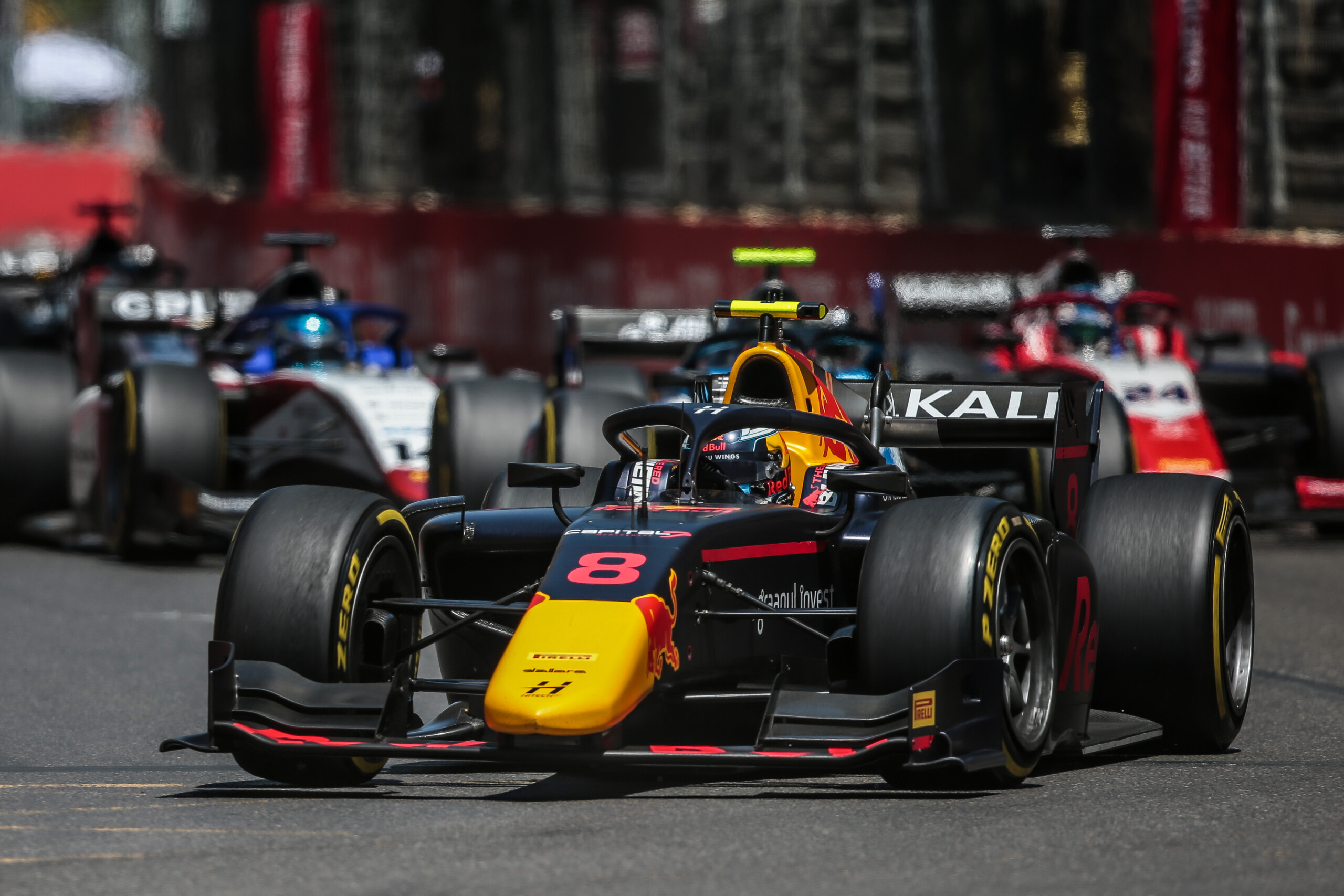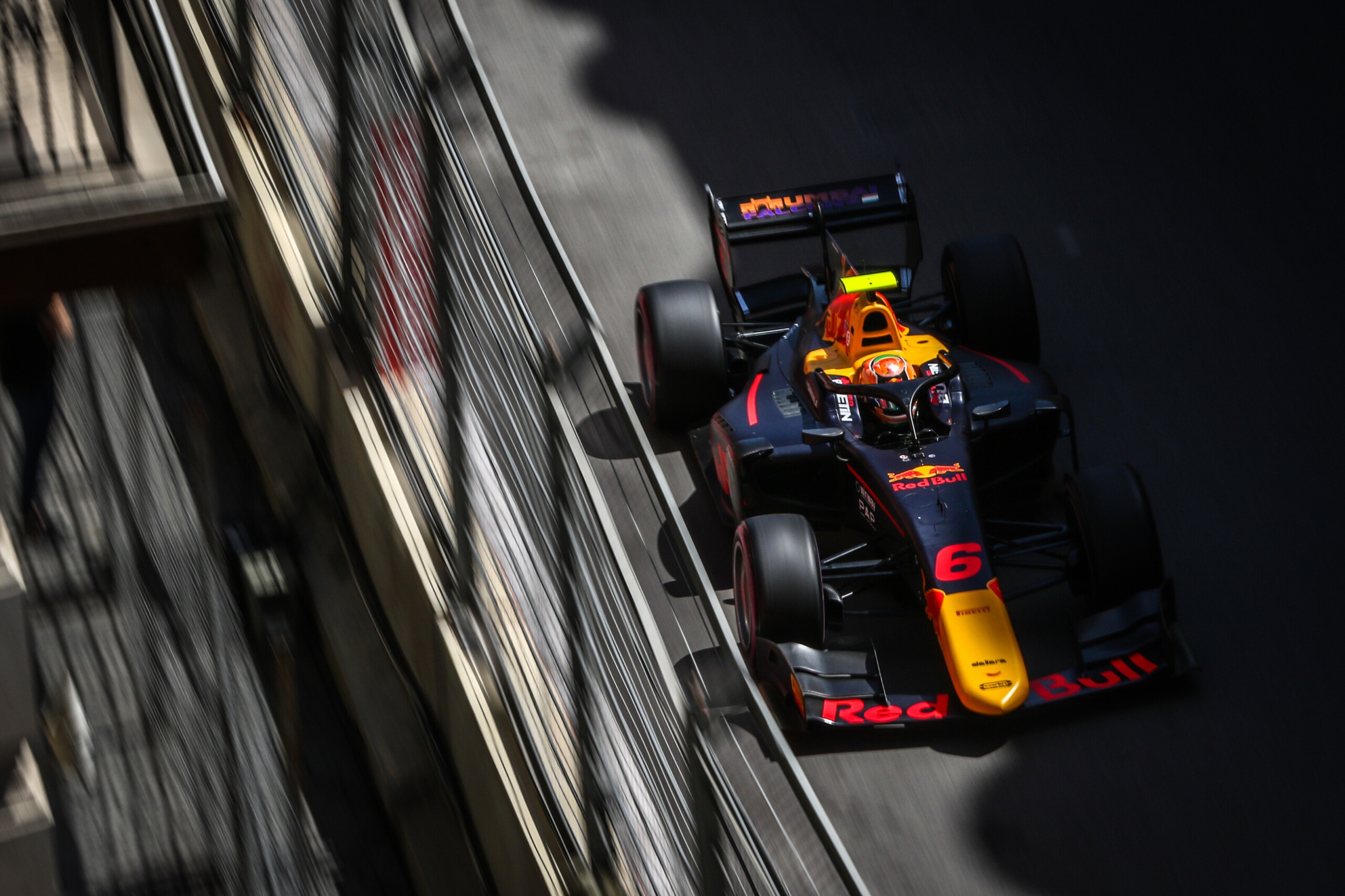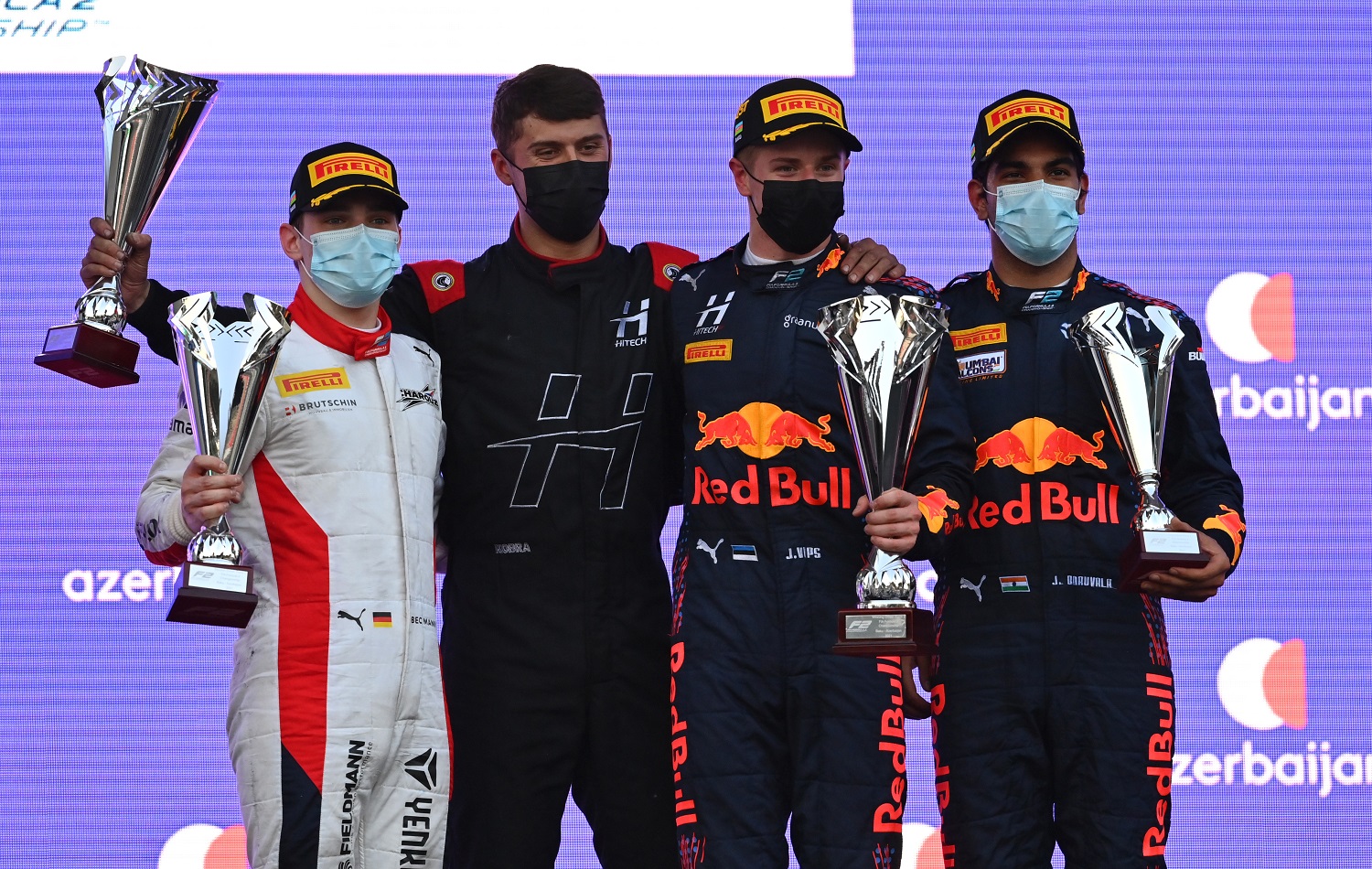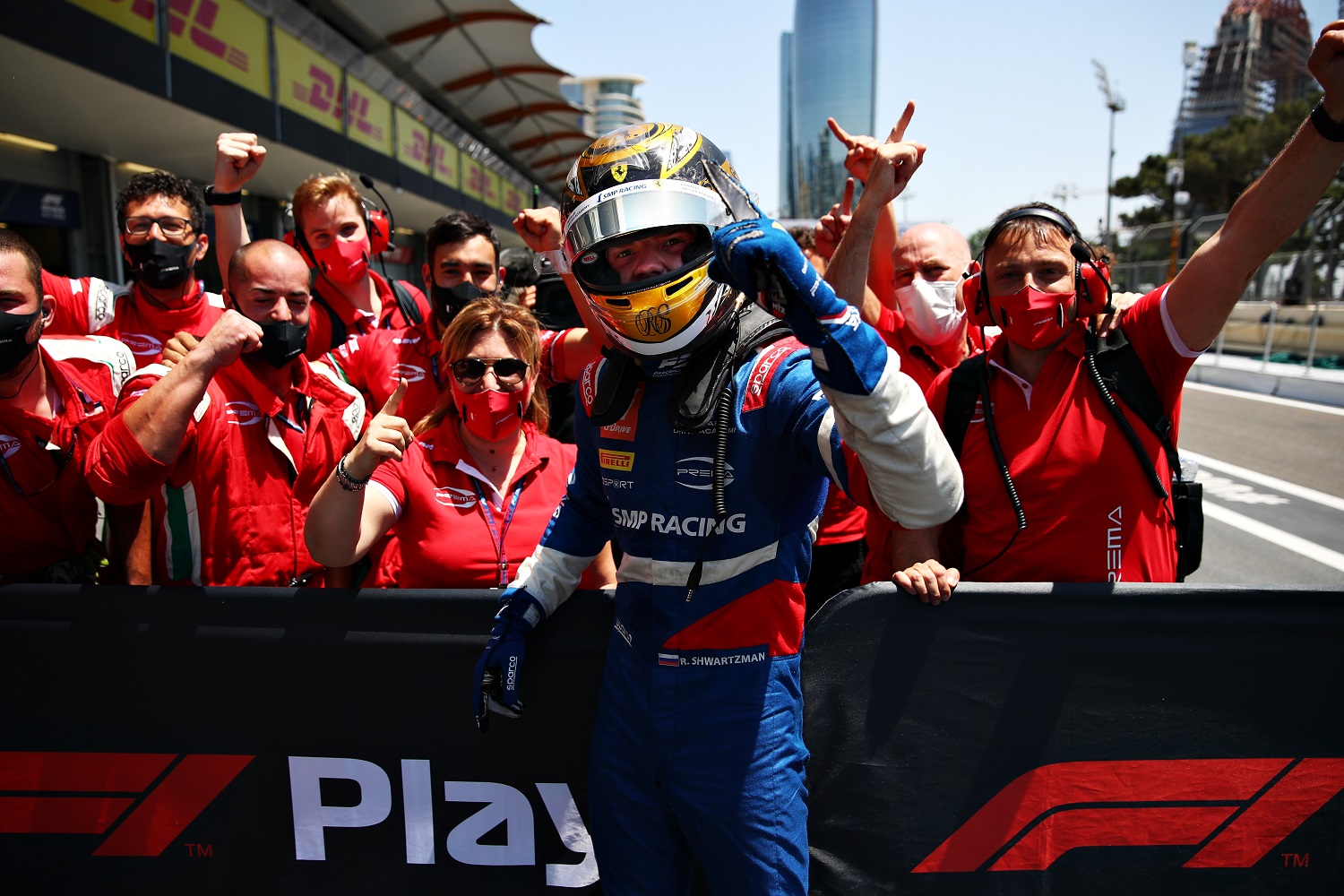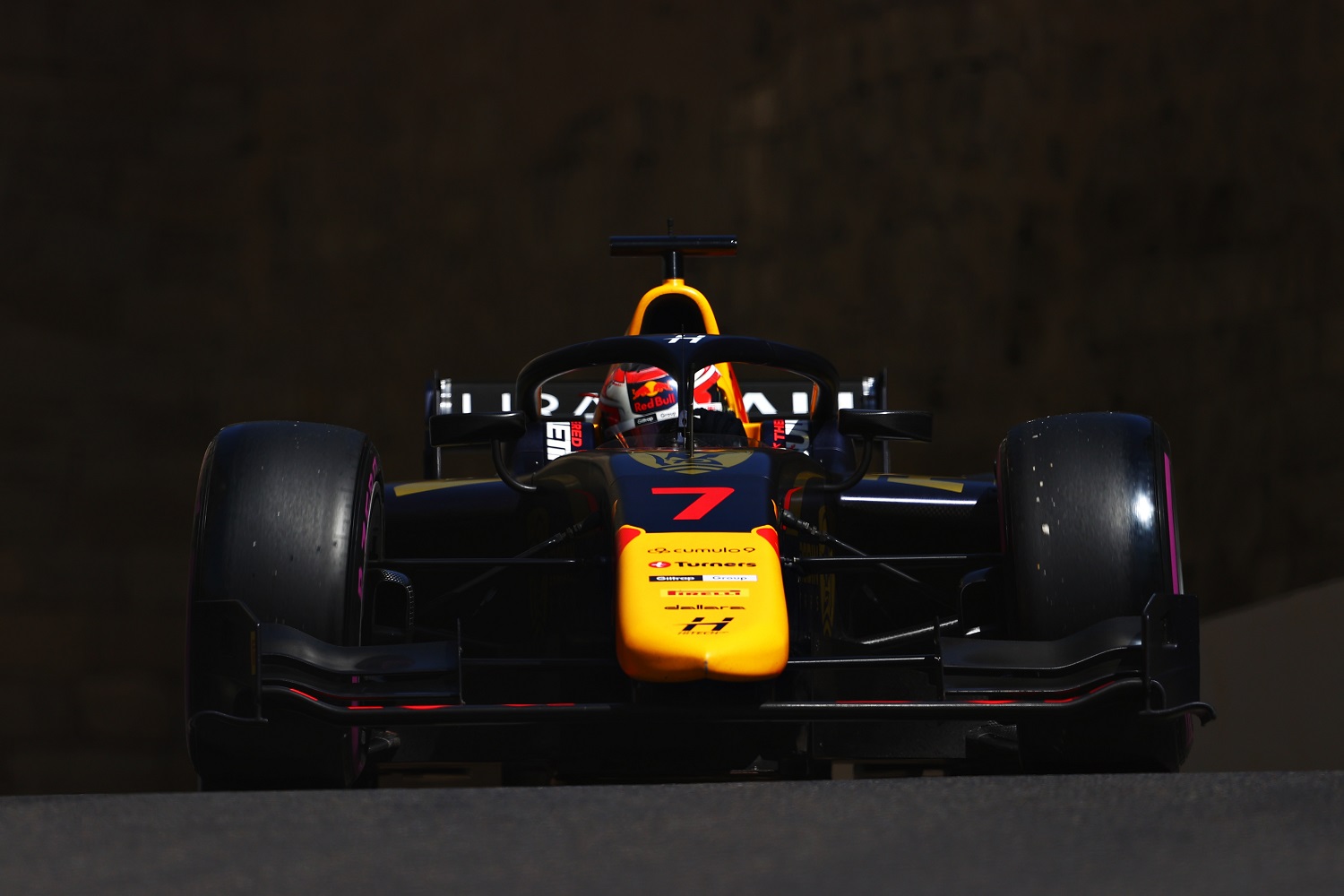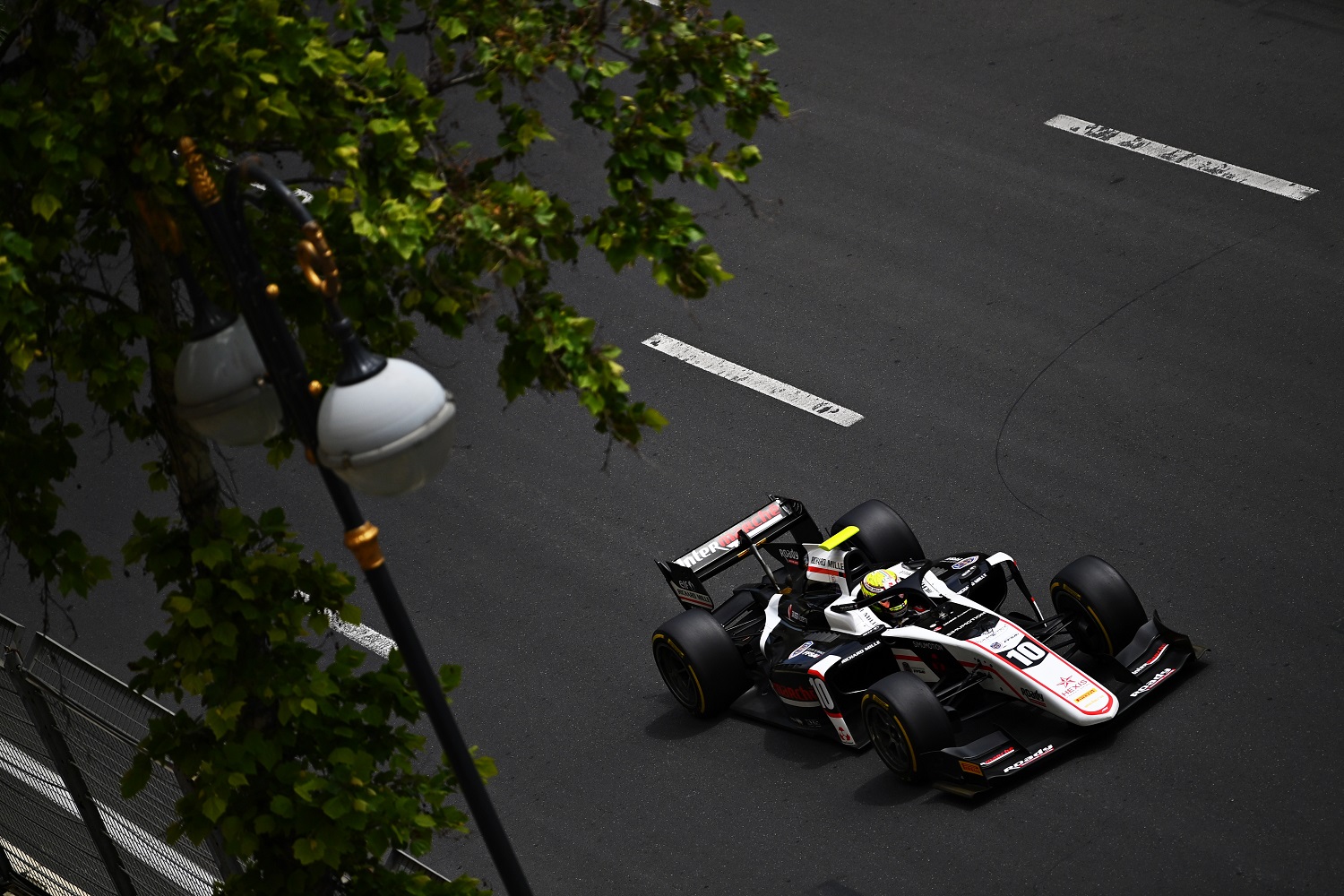Jack Doohan took his first Formula 3 victory in the Paul Ricard feature race, making the most of the changing conditions to overhaul longtime leader Dennis Hauger.
Doohan had a slow getaway from fourth on the grid and dropped behind Trident teammate Clement Novalak. On the front row, Hauger jumped polesitter Frederik Vesti for the lead into the first corner.
In the opening laps, Novalak looked the fastest car on track. He passed Victor Martins for third on lap 2, then kept up the pressure on second-placed Vesti. The ART driver was visibly struggling on his wet tyres, as Hauger was able to open up a three-second lead by the end of the first lap. But when Novalak made a move on Vesti on lap 6 he instead ran wide and fell to fifth behind Martins and Doohan.
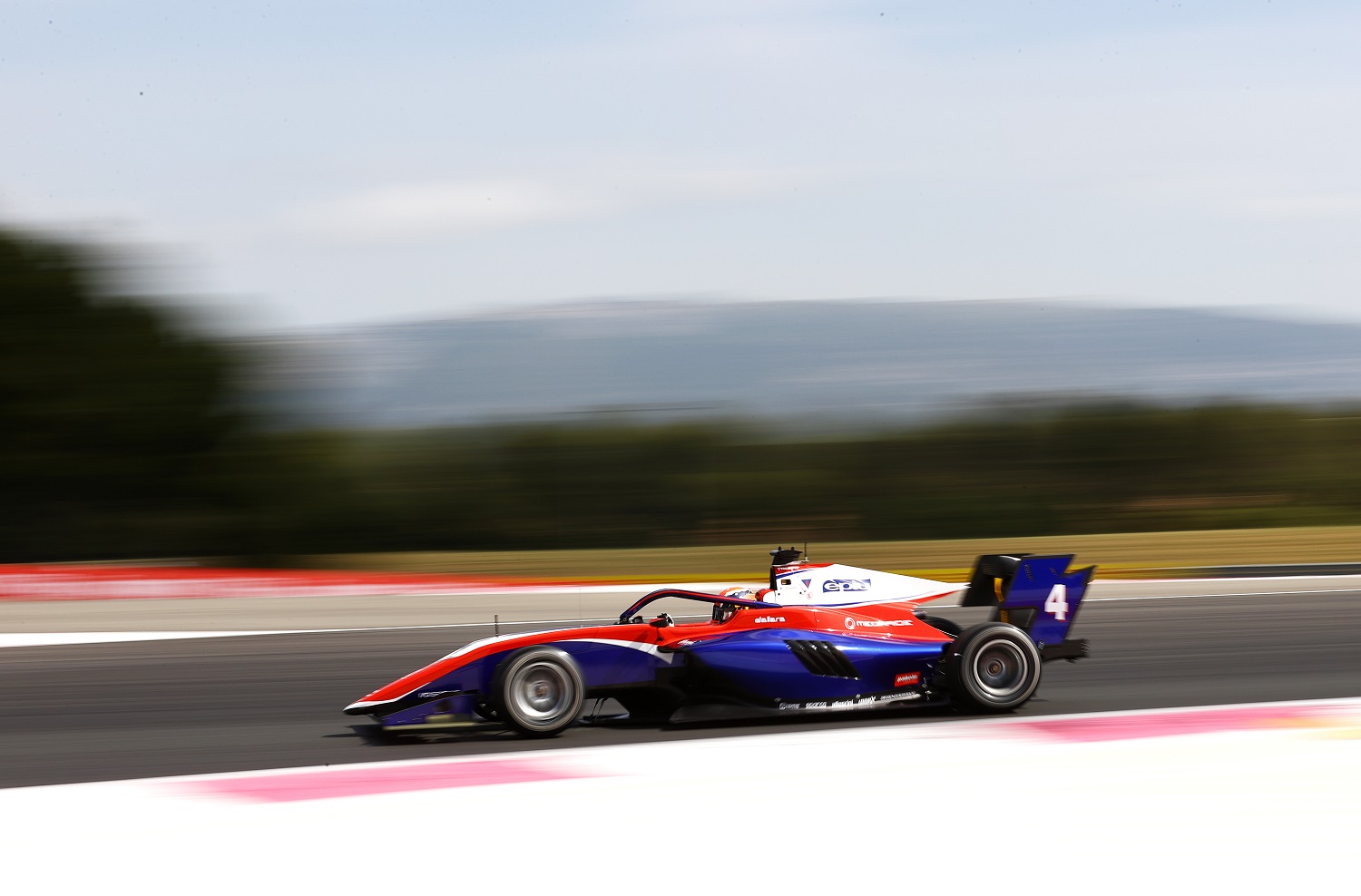
By this point the rain had stopped, and as the track started to dry Doohan found pace in the conditions. He passed Martins for third on lap 7, then took second from Vesti on lap 10 when Vesti ran wide through Turn 3.
Doohan then started closing up the gap to Hauger, whose wet tyres were rapidly losing grip on the drying track. By lap 12 Hauger’s lead had been halved, and Doohan was then close enough through lap 14 to try a move into the final corner.
After Doohan took the place in the corner, Hauger repassed him down the straight. They then went into Turn 1 side by side, and Doohan was able to get his Trident back ahead of the Prema and hold the lead on the run down to Turn 3.
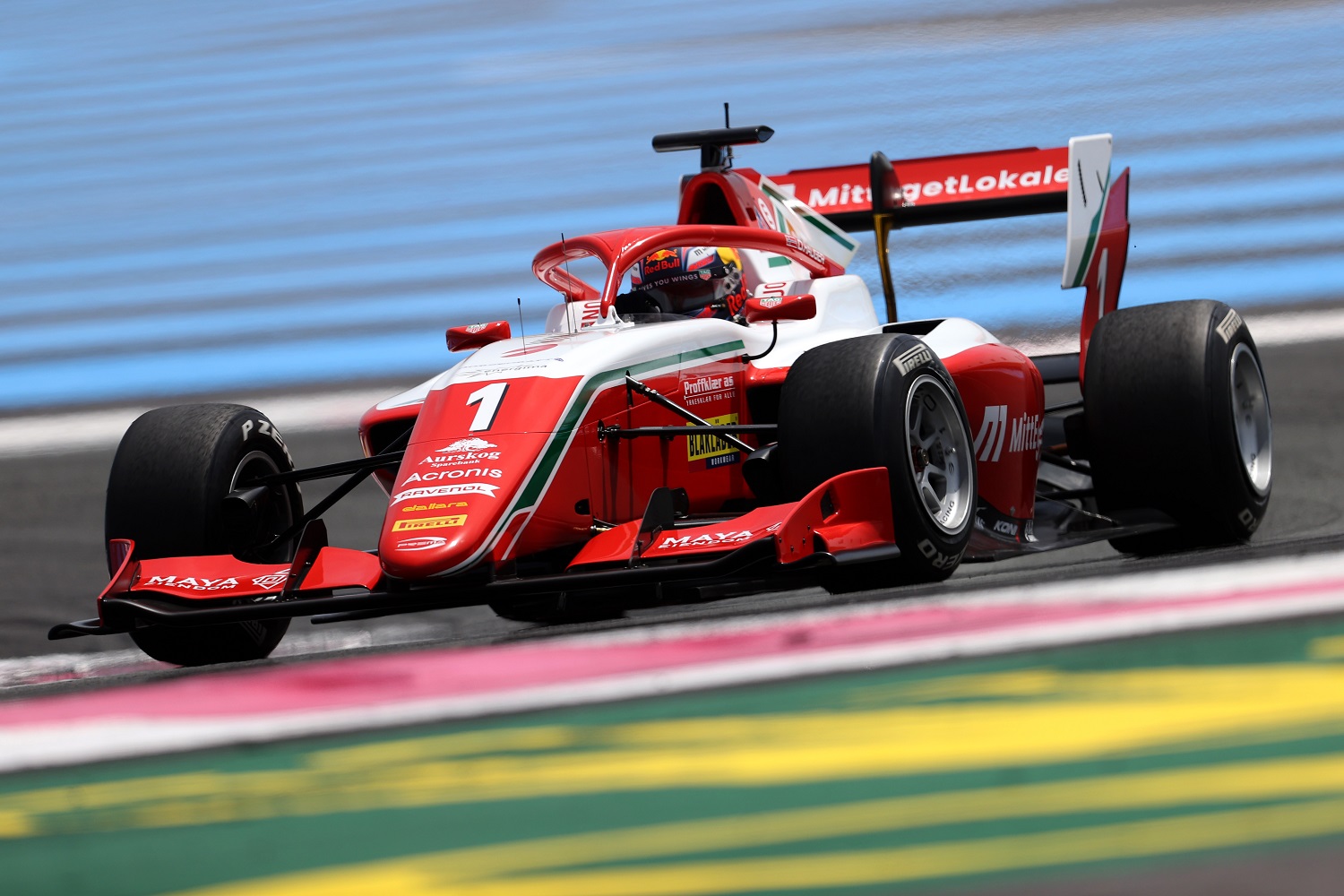
Doohan couldn’t sprint clear of Hauger as his own tyres started to overheat in the latter stages of the race. But although Hauger got as close as half a second in the final laps, the Norwegian didn’t have enough grip of his own to try a move and Doohan held the lead to the chequered flag.
Vesti continued to struggle in the conditions after dropping behind Hauger and Doohan and wasn’t able to stay in the podium positions. On lap 11 he went wide at De Beausset and fell to fifth behind Martins and Caio Collet, who ended up settling the podium battle between themselves.
Martins at first looked the faster of the two MP Motorsport cars, but he started to lose pace in the second half of the race. After setting a fastest lap on lap 13, Collet then reeled in his teammate and passed him for third on lap 15 to take his second podium of the year.
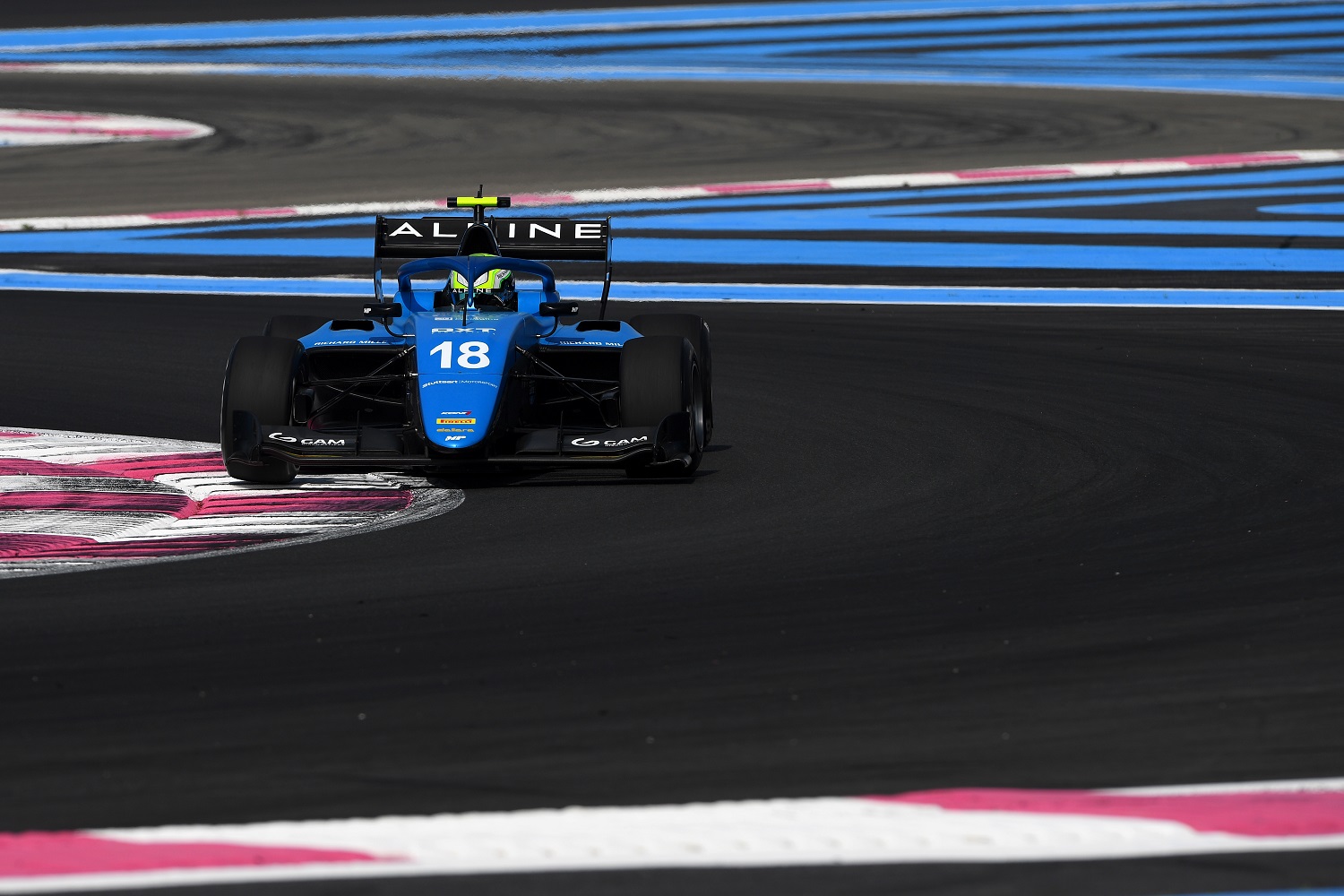
Martins came home fourth ahead of Novalak in fifth and Vesti in sixth. Seventh place went to Ayumu Iwasa who led the remaining ARTs of Alex Smolyar and Juan Manuel Correa, and Jak Crawford took the final point in tenth place.
Charouz’s Reshad de Gerus was the only driver to gamble on a tyre change, despite most of the field battling against their wet tyres as the track dried. But despite being five seconds quicker than the leaders and setting a late fastest lap, De Gerus ultimately didn’t have enough time to reach the points and only finished 21st.
Doohan’s win has propelled him up to third in the championship. Hauger remains the points leader, although Martins is now just six points behind him in second. Olli Caldwell, who entered the weekend second in the standings, retired from the feature race with suspension damage and is now fifth in the championship between Novalak and Smolyar.
Formula 3 returns in two weeks’ time at the Red Bull Ring in support of the Austrian Grand Prix.
